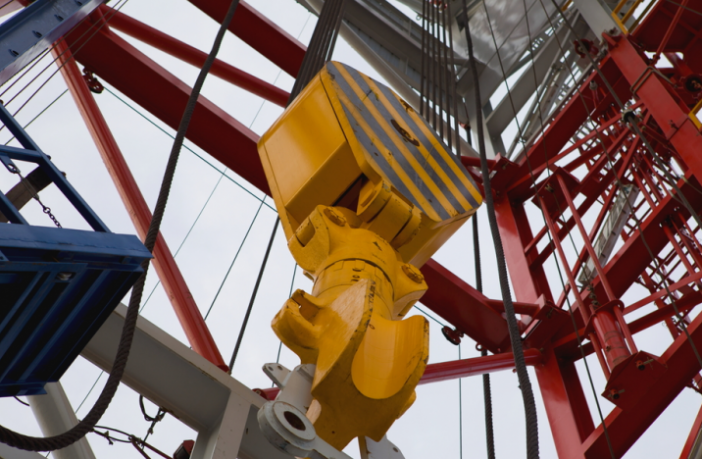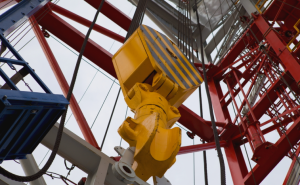Proactive Investors UK
Stewart Dalby
If oil and gas game is about winners and losers, Sound Oil is firmly in the former category, Stewart Dalby tells us.
Work will soon begin on three potentially transformational wells.
There is an adage that applies to any high risk business such as oil and gas exploration that says: “You win some, you lose some.”
But you can’t really hang the epithet of loser on AIM-listed Sound Oil (LON:SOU) just now.
Okay, you could say that because the second appraisal well on one of its flagship projects, the Nervesa concession in Italy, was a dry hole it suffered a loss; certainly the share price took a hit.
But if you set that against a string of successes over the 2013-2014 period you would conclude the company is on a bit of a winning streak.
When I started taking Sound seriously at the end of 2012 the share price was a little over 4p. Earlier this year, before the Nervesa news, the share price had risen to 22p.
Sound was formed in 2005, but the story of its winning streak really starts in 2010.
At that point the current chief executive officer James Parsons was chief financial officer and the company entered Italy through what now looks a most astute acquisition of Consul Oil & Gas, which gave it around 17 licences.
These were both onshore and offshore Italy but mostly onshore and were populated by old discoveries, which had been dormant since the 1980s and 1990s because of the poor price climate that prevailed.
At the same time Sound disengaged from its underperforming assets in Indonesia and in doing so managed to realise £10mln to develop the prospects in Italy.
In quick order Sound visited two old producers and managed to bring the fields Ragpagnano and Casa Tiberi, both onshore, into production.
When I say in quick order I mean quick order for Italy, which is to say these two fields came on stream in 2012. This is lighting speed for Italy. Sound has succeeded, where other companies from outside Italy have failed, in persuading the regulatory authorities to get a move on.
The Italian bureaucracy has a well-deserved reputation for moving with glacial slowness; so glacial, in fact, other international companies with assets in Italy have simply given up the chase.
Parsons, talking to Proactive Investors, puts this success down to former staff of state-owned oil company ENI now working in Sound’s Milan office, who have been able to navigate the complexities of the Italian system.
Ragpagnano and Casa Tiberi, both 100% owned by Sound, are now producing and bring 1.2mln euros a year to the kitty. This is not a fortune but it is enough to pay the general and administration costs for the group in Italy.
Next, Sound wanted to step up the pace and in 2013 drilled the first Nervesa appraisal well. This is a 1985-vintage ENI discovery that suffered from water influx after two years and stopped producing. Sound looked again at the field and believed ENI had drilled too close to the gas-water contact.
This is a 24bn cubic feet (bcf) field and thus much larger than either Ragpagnano or Casa Tiberi, but like these two wells it cost around 6mln euros to drill.
The well flowed at 2.7mmscfpd (millions of standard cubic feet per day) and is expected to come into production soon, and although it will produce less than what it initially flowed at, it is expected to generate revenues of 4mln euros a year.
The second appraisal well had gas shows but also low permeability, so it has been suspended. The company may still decide to initial a well test, but Parsons says this will probably not be for another 18 months, because the group has other fish to fry; it has an ambitious three well drilling programme it wants to pursue.
The wells will certainly be more expensive that what has gone before, but Sound says it is fully funded to get started, with £30mln in the bank, because of the residual money from Indonesia and strong cash flow arising from good gas prices – US$7.50 a thousand cubic feet (mcf).
The first well will be in Morocco, but more on that in a while. Staying with Italy, the second well will be on the Badile concession, onshore Italy, which Parsons calls the “largest and most strategic asset” in the group’s portfolio with a mid-case estimate of 178 bcf of gas in potential resources.
Drilling the potentially game-changing well is expected to cost over 20mln euros, so a farm-out looks likely.
In the success case Parsons says Badile has a gross best estimate of net present value ten (NPV10) of 486mln euros. NPV10 means the expected gross revenue over ten years minus the costs of preparations and drilling etc. Divde the NPV10 by the number of shares in issue and you get a value of 50p per share.
The third well in the programme is on the Laura permit, which is also in Italy. This permit is offshore but because of the difficulties of drilling anything in the seas off Italy at the moment, Sound will drill it from onshore. With estimated resources of 30bcf, Laura is a more modest project than Badile.
In Morocco Sound is readying to drill its first well on the Tendara licence offshore Morocco. Sound comes to be in Morocco because Parsons felt the group needed to expand outside Italy.
He says: “Italy is great. It is mostly gas we are producing so we do not have to worry too much about oil price volatility, but we want to grow into large international company. To attract serious institutional investment you need achieve a market cap of at least around £150mln, and this means diversifying.”
Having earlier this year wisely stepped away from a bid for troubled Antrim Energy, which would have added projects in Ireland and the North Sea, Sound earlier this month took up an option to farm in for 55% of the Tendara licence.
The licence covers eight blocks across a total of 14,500 square kilometres.
Tendara looks like a significant gas discovery, with potentially significant exploration upside.
Seven wells have been drilled on the licence. Five of the wells discovered hydrocarbons and two of the wells have been tested.
The licence was owned 75% by Morocco’s Oil and Gas Investment Fund (OGIF) with the state owned ONHYM organisation holding the remaining 25%. With Sound’s entry OGIF’s stake falls to 20%.
Sound will pay 100% of the cost of three wells thus fully carrying the two partners, but only the first well will be a firm commitment well.
It is expected to cost £6.5mln to drill and will be a near term appraisal of the first of the two tested discoveries to address residual reservoir uncertainties.
These relate deliverability and continuity and to prove up sufficient reserves to, according to Parsons “justify the £30mln cost of building a pipeline to link up with the Gazoduc Maghreb Europe (GME) gas export pipeline to Europe.”
The well should be drilled in the fourth quarter of this year, so we should soon know whether Sound will resume its winning streak or whether its luck has turned.
The shares closed at 19.88p last evening up 3.25%.








